When you can’t remember words, especially nouns, it is common to compare unknown items to known items. You might compare them by appearance, purpose, location, size, weight etc.
For example:
“It’s used for writing and drawing but it’s bigger than a pen or pencil. “
“Oh! Do you mean a crayon?”
“No, it’s more like a pen.”
“Is it a marker? A marker pen?”
“It might be. Yes, I think it is.”
Images reprinted with permission from www.clikr.com
ANSWERS:
| Sea Animals | Insects | Tools |
 |
 |
 |
 |
 |
 |
| Fasteners | Sea Birds | Kitchen Utensils |
 |
 |
 |
 |
 |
 |
Once we have a general heading and another example under that heading it becomes easier to explain the words we cannot remember or do not know.
To show that things have common features or are alike in some way we can use words such as like and similar to.
To show that although there are similarities there are differences too we can use words like but.
To compare qualities we can use comparative adjectives such as bigger, heavier, more useful, and more beautiful.
For example to describe a dolphin (the sea animal paired with a shark) we could say:
“It’s a sea animal that is like a shark but much friendlier and cuter.”
Instructions
Practice describing the images from the previous task by using the headings given for each pair and one image from each of the pairs as a starting point. Record your own descriptions then listen and compare.
Follow this example:
“It’s a sea animal that is like a shark but much friendlier and cuter.”
Suggested Answers:
There are a number of ways to describe difficult words that you are unsure of. Here is an opportunity to use the language from previous exercises to help your listener to understand what the missing words are.
Instructions
Choose items that you don’t know the names of from the following images. To help, think of the general headings for them as well as other items that are similar and would fit under these headings.
1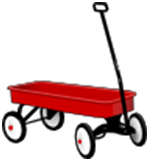 |
2
| 3
|
4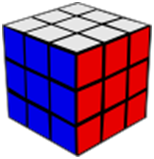 |
5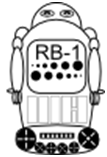 |
6 |
7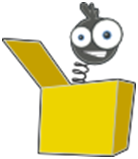 |
8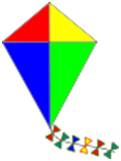 |
9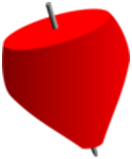 |
| 1. |
| 2. |
| 3. |
| 4. |
| 5. |
| 6. |
| 7. |
| 8. |
| 9. |
1. A Wagon |
2. A Boomerang
| 3. A Dart
|
4. A Rubik’s Cube |
5. A Robot |
6. A Piece Of A Jigsaw Puzzle |
7. A Jack-In-The-Box |
8. A Kite |
9. A Spinning Top |
Suggested Answers:
Instructions
First, watch this comedy sketch of a customer shopping in a store.
Video ©Simon Nottm (youtube.com)
Source: http://www.youtube.com/watch?v=oaGpaj2nHIo
You are going shopping for an English speaking friend to the same kind of shop as in the video. Your friend wrote the shopping list and talked to you about the items on the list before you went to the shop. When you get to the counter and the shopkeeper asks what you want, you find that you have lost the shopping list. You don’t want to disappoint your friend so you describe the items to the shopkeeper from the following images you have in your head:
Example 1: I’d like a machine that is used in the kitchen for making soup from vegetables.
1 |
2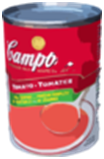
| 3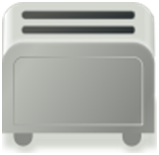
|
4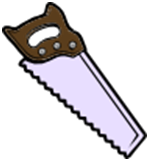 |
5 |
6 |
7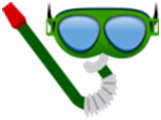 |
8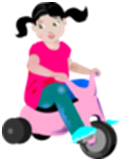 |
9 |
| 1. |
| 2. |
| 3. |
| 4. |
| 5. |
| 6. |
| 7. |
| 8. |
| 9. |
1. A Food Blender |
2. A Can of Soup
| 3. A Toaster
|
4. A Saw |
5. A Frying Pan |
6. A Waffle Maker |
7. A Mask and Snorkel |
8. A Child’s Tricycle |
9. A Badminton Raquet |
Suggested Answers:
Instructions
Collect your own pictures and exchange them with a partner. Take it in turns to be the shopkeeper and customer. Describe the pictures until your partner knows which item you mean.
